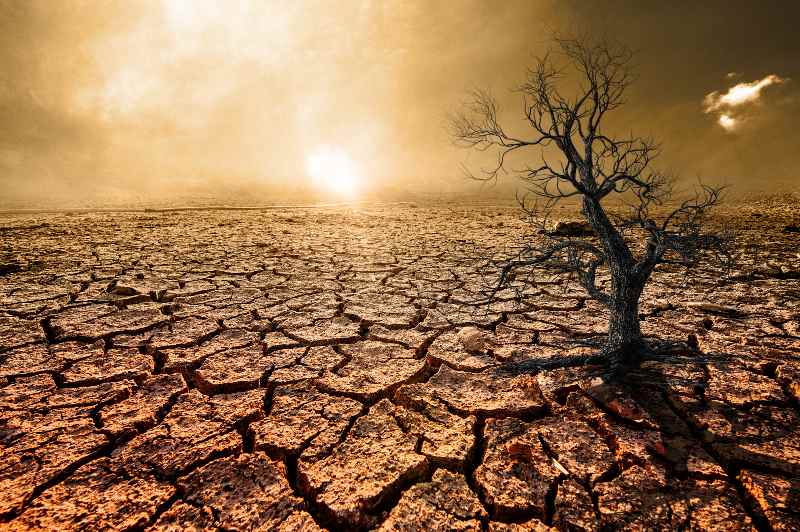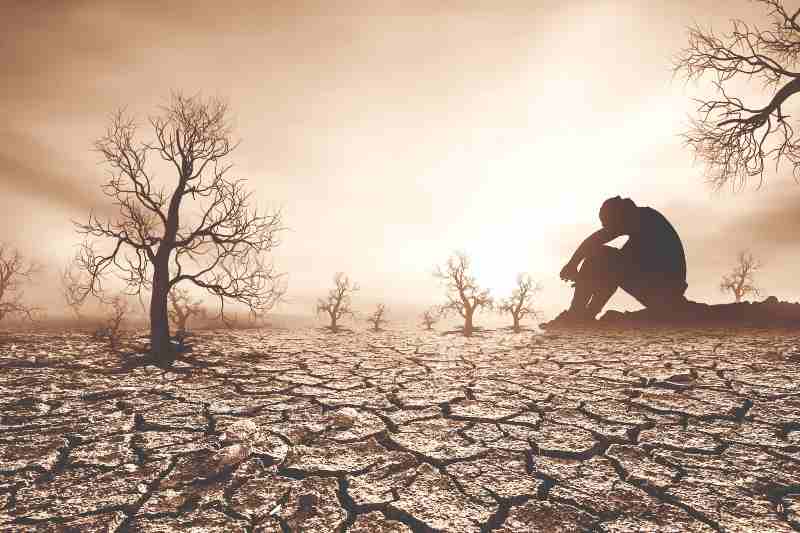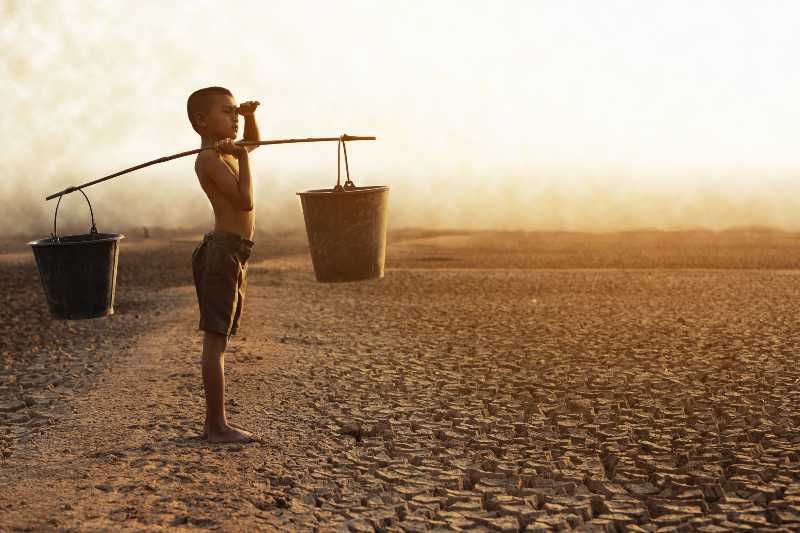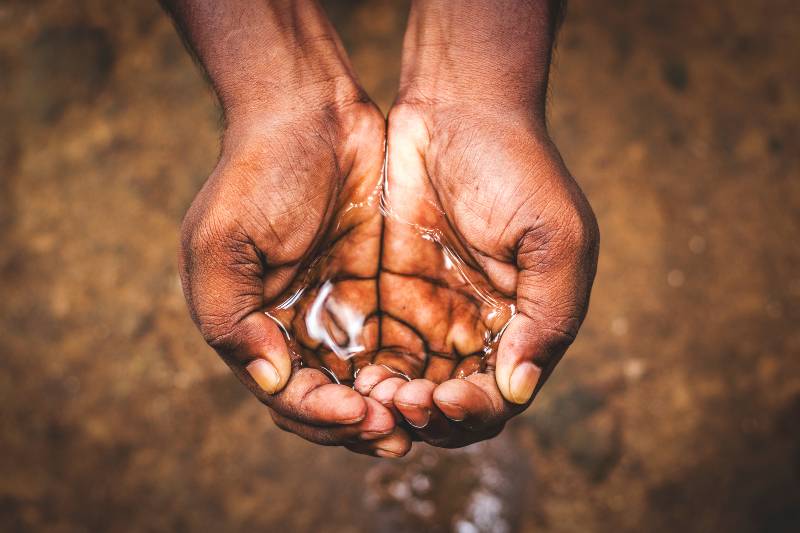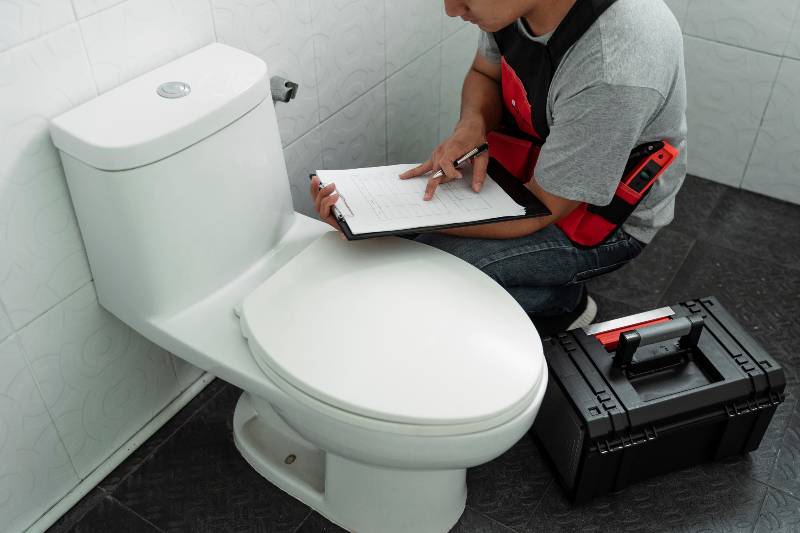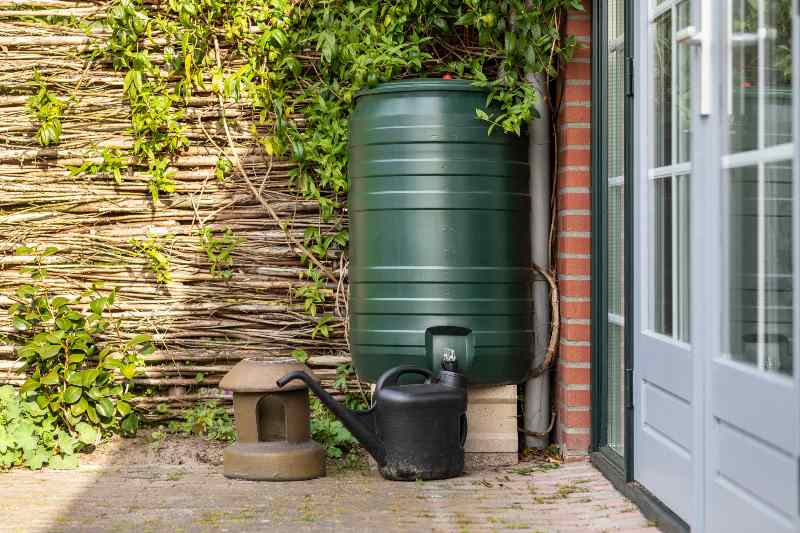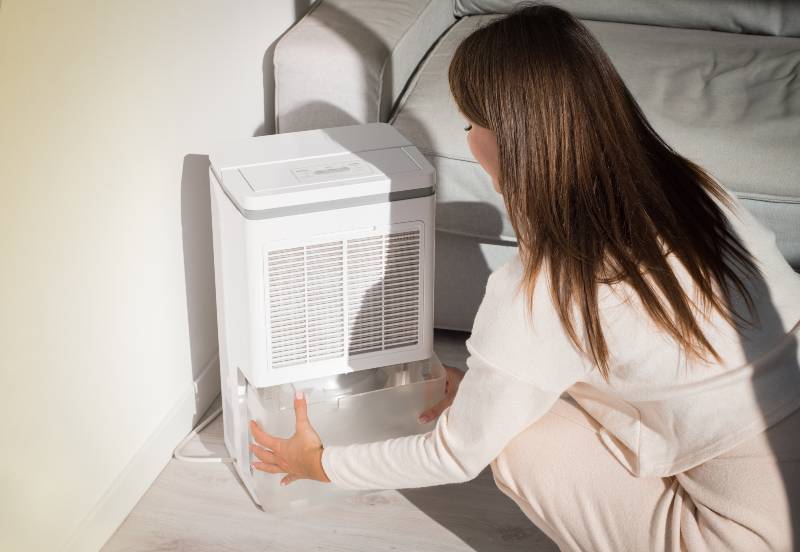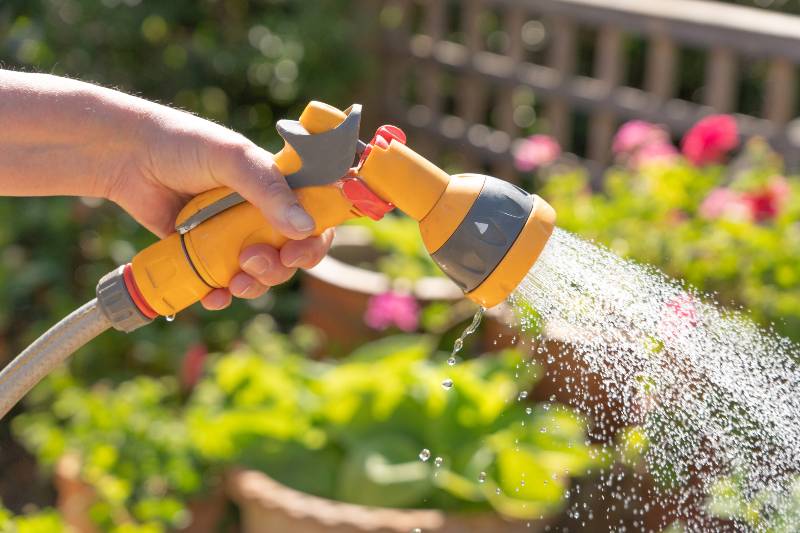The drought affects everyone in California, and it looks like it will be sticking around for a while. It can be tough news for homeowners and farmers trying to keep their property alive.
But don’t worry, we’re here to help! This blog post will go over 11 drought survival tips to help you get through this difficult time. So Read on to learn how to conserve water indoors and outdoors and more!
Drought Survival Tips: How to Survive Drought
As a prepper and survivalist, knowing how to survive a drought is essential.
When insufficient rainfall and water levels drop, drought will likely strike.
Droughts can increase the possibility of other natural disasters. It is a water shortage caused by dry spells but what is more interesting is it can happen anywhere. The best solution relies on planning, preparation, and preservation.
Water is essential in our daily lives as well as our survival. So, it is best to avoid drought by conserving this renewable yet limited resource.
- Be mindful of the weather patterns.
- Use water wisely.
By doing this, you’re not only helping yourself survive; you are helping others as well.
How to Survive Drought
Plan for the drought.
- Develop a strategy to use when a drought occurs.
- Read an almanac that predicts future conditions by tracking rainfall from past seasons.
- Check out the current and possible future conditions. You may check it on NOAA’s US Seasonal Drought Outlook website.
- Measure the rainfall during the year. And determine a course of action for the likelihood of drought conditions.
General Drought Survival Tips
- Never pour water down the drain when there may be another use for it. For example, use it to water your indoor plants or garden.
- Repair dripping faucets by replacing washers. One drop per second wastes 2,700 gallons of water per year.
- Check all plumbing for leaks and have any leaks repaired by a plumber.
- Retrofit all household faucets by installing aerators with flow restrictors.
- Install an instant water heater on your sink.
- Insulate your water pipes to reduce heat loss and prevent them from breaking.
- Turn the softener off while on vacation. Only install a water-softening system if the water would damage your pipes.
- Choose appliances that are more energy and water-efficient.
Conserve water
How to Check for Leaks
- To check, get out to your water meter and note the reading.
- Then turn off all your faucets and don’t use any water for two hours.
- If the reading on the meter has changed in two hours, you’ve got a leak.
In the Kitchen and Laundry
- DO make sure the dishwasher is full before turning it on. Dishwashers use between 8 and 12 gallons of water per load.
- DO make sure your clothes washer is full before turning it on. Each load of laundry usually requires 50 gallons or more of water.
- DO use a water bowl to clean fruits and vegetables rather than running water over them. Reuse the water in the bowl to water your houseplants.
- Store drinking water in the ref instead of running the tap every time you want a cool glass of water.
- DON’T let the water run when washing dishes.
In the Bathroom
- Time showers to five minutes.
- Place a bucket in the shower to catch excess water for watering plants.
- Turn the water on to get wet; turn it off to lather up; then turn the water back on to rinse. Repeat when washing your hair.
- Don’t leave the water running when shaving or brushing your teeth.
- Fill a cup with water for brushing your teeth.
- Stop up the basin and fill it with water for shaving.
- Avoid flushing the toilet unnecessarily.
- Dispose of tissues, insects, and other similar waste in the trash rather than the toilet.
- Place a 12 to 20-ounce plastic bottle in a toilet tank to displace water that fills for waste disposal.
Indoors Drought Survival Tips
Replace Old Toilets
If you’re a homeowner, one of the best drought survival tips is to replace your old toilets. Replace your old toilets with low-flow models. It can save you gallons of water every day, and it’s an easy fix.
If you installed your toilets before 1994, consider replacing them. Toilets made before 1994 use 3.5 to 5.0 gallons per flush. New bathrooms now only use 1.28 gallons per flush and perform better than ever.
Long-term indoor water conservation
Opt for the new air-to-air models if installing a new heat pump or aircon. They are as efficient as the water-to-air type and do not use wastewater.
4. Store water
Storing water is easy. If you do it well, you may keep water indefinitely.
You can buy specialized water containers from any hardware store. Then, store them in your house.
Keep in mind, though, that if the container breaks, you could end up with a small flood in your house, consider that.
If you choose to store water outside of your house, keep it on the Northside of your home. UVs from the sun will deteriorate the container faster.
5. Store and Grow food
Droughts can destroy crops and impact the price of food.
Looking back at history, we’ve had about three major droughts in the US in the last 100 years, 1933-1938 (the “Dust Bowl”), 1953-1957, and 1988 (which caused crop losses of up to $15 000 000 000, yes… $15 Billion!).
These droughts strained food production, causing food prices to skyrocket.
Prepare for this by growing foods better suited to droughts. And store food (either store-bought or homegrown).
Take classes in canning and preserving. You will need these old-school skills more than ever.
Learn how to buy and stockpile food. Many books teach these and how to rotate storage to cut waste.
6. Collect water
Run a dehumidifier during the summer season. You may place it in your basement. It collects usable water you may use to water plants.
7. Conserve water outdoors
Lawn Care
Avoid overwatering your lawn and water only when needed:
A heavy rain eliminates the need for watering for up to two weeks.
Most of the year, lawns only need one inch of water per week.
Check the soil moisture levels with a soil probe, spade, or large screwdriver.
- You don’t need to water if the soil is still moist.
- If your grass springs back when you step on it, it doesn’t need water.
If your lawn needs watering, here are some tips:
- Water your lawn early in the morning or later in the evening. Temperatures are cooler.
- Check your sprinkler system and adjust your sprinklers to water only your lawn. Avoid spilling waste.
- Water in several short sessions to allow your lawn to absorb moisture better. Avoid a runoff.
Use a broom or blower instead of a hose to clean your driveway or sidewalk leaves and debris.
Avoid leaving sprinklers or hoses unattended.
A garden hose can pour out 600 gallons or more in only a few hours.
In extreme drought, allow lawns to die in favor of preserving trees and large shrubs.
If all you’re growing is grass, you’re wasting a horrifying amount of water on a non-edible crop.
Landscape irrigation accounts for one-third of residential water use nationwide. It totals about 9 billion gallons per day.
According to the EPA, approximately 50 percent of this water gets lost in evaporation. So that’s 4.5 billion gallons that you can use on food crops or consumed by animals and humans.
Other Outdoor Drought Survival Tips:
- When using a hose, control the flow with an automatic shut-off nozzle.
- Avoid purchasing recreational water toys that need a constant stream of water.
- Consider purchasing a new water-saving swimming pool filter.
- Use a pool cover to reduce evaporation when not using the pool.
- Do not install or use ornamental water features unless they recycle the water.
- Use Recycled Water in Use signs to show the public that water is recycled.
- Finally, do not operate during a drought.
These drought survival tips will help you get through this tough time no matter where you live. With these tips, you can drought-proof your home or farm and get through this drought season!
Check out this video from How to Survive. How to Survive a 20-Year Drought:
Do you have any other tips on how to survive a drought? What are the most important things to do when you’re in a drought?



